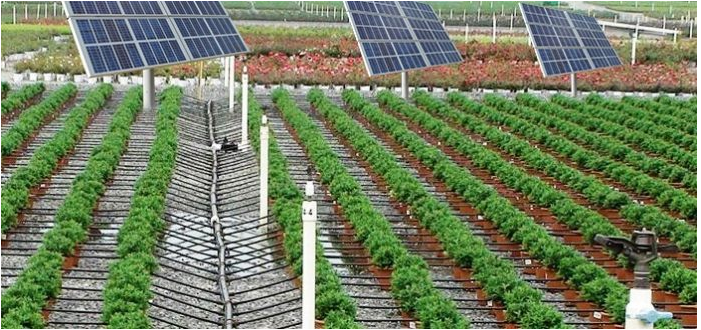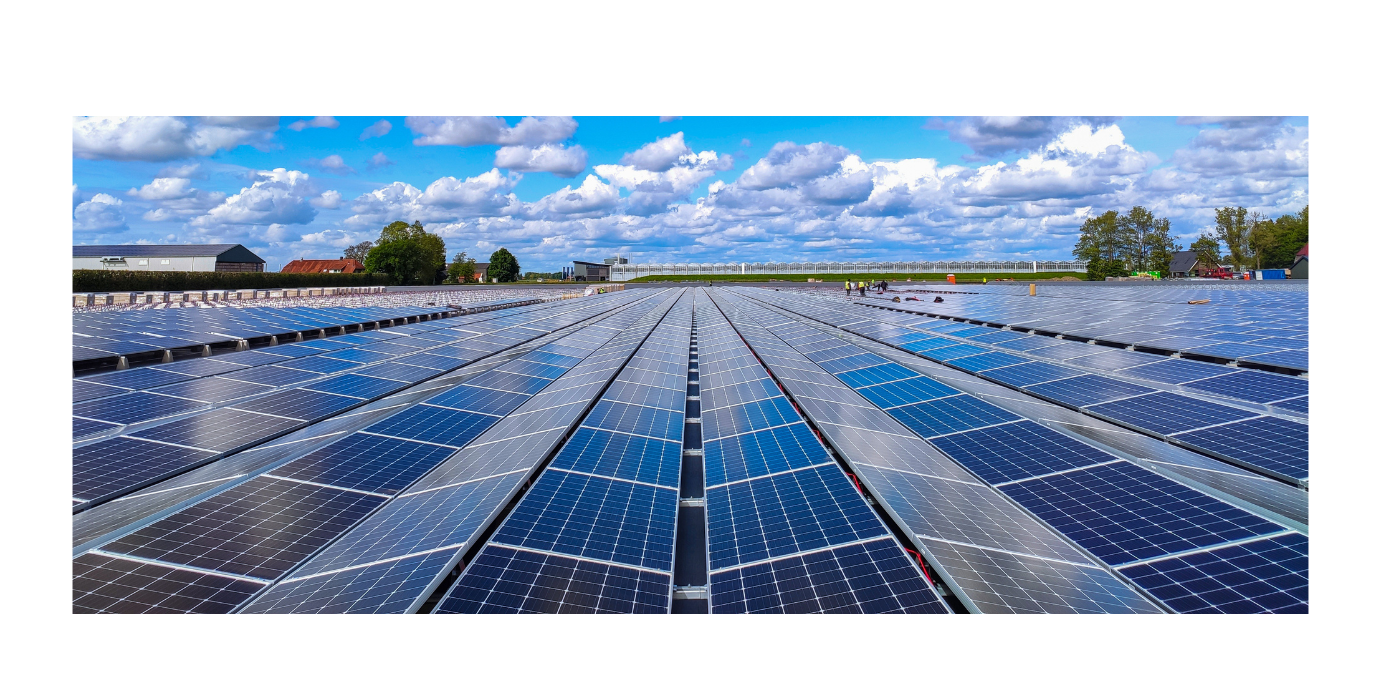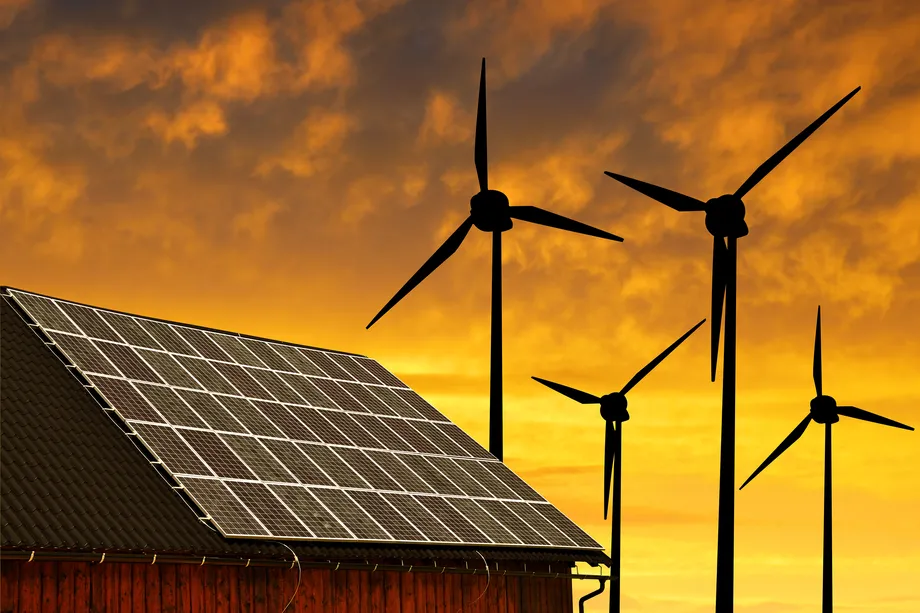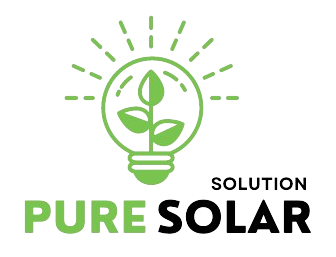As the world grapples with the challenges of climate change, food security, and energy sustainability, the integration of solar power into agriculture emerges as a promising solution. Solar power offers a unique opportunity to meet the energy needs of agricultural operations while promoting sustainability, resilience, and economic viability. Pure Solar Solution explores the intersection of solar power and agriculture, highlighting its benefits, applications, and potential for revolutionizing the way we produce food.
Solar Power Solutions for Agriculture
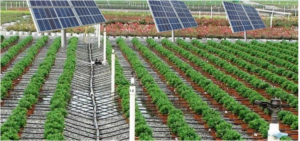
On-Farm Solar Photovoltaics (PV)
On-farm solar PV systems involve the installation of solar panels on agricultural land or structures to generate electricity. These systems can power various farm operations, including irrigation, lighting, heating, cooling, and machinery.
By harnessing solar energy, farmers can reduce their reliance on fossil fuels and grid electricity, lowering energy costs and carbon emissions while enhancing energy independence.
Solar Water Pumping Systems
Solar-powered water pumping systems utilize photovoltaic panels to power pumps for irrigation, livestock watering, and aquaculture. These systems offer a sustainable alternative to diesel or grid-powered pumps, particularly in remote or off-grid areas where access to electricity is limited.
Solar water pumping reduces operational costs, minimizes environmental impact, and conserves water resources by enabling precise and efficient irrigation practices.
Agrivoltaics: Integrating Solar Panels with Agriculture
Agrivoltaics, also known as dual-use farming, involves the co-location of solar photovoltaic panels with agricultural activities. By placing solar panels above crops or livestock, farmers can maximize land use efficiency and generate additional income while producing renewable energy.
Research suggests that agrivoltaic systems can enhance crop productivity, reduce water evaporation, mitigate temperature extremes, and provide new revenue streams for farmers, making them a win-win solution for agriculture and renewable energy production.
Benefits of Solar Power in Agriculture
Energy Independence: Solar power empowers farmers to produce their own electricity, reducing dependence on external energy sources and volatile energy markets.
Cost Savings: By offsetting energy costs with solar power, farmers can achieve significant savings over the lifespan of solar installations, improving the economic viability of agricultural operations.
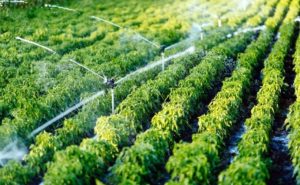
Environmental Sustainability: Solar power helps mitigate greenhouse gas emissions and environmental degradation associated with conventional energy sources, contributing to a more sustainable and resilient agricultural sector.
Diversification of Income: Agrivoltaic systems offer farmers an additional source of income through the generation and sale of renewable energy, diversifying revenue streams and enhancing financial stability.
Challenges and Considerations
Upfront Costs: Despite long-term savings, the initial investment required for solar power installations can be a barrier for some farmers, necessitating financial incentives, grants, and financing options to support adoption.
Land Use Conflicts: Balancing the competing demands for agricultural land and solar energy development requires careful planning, stakeholder engagement, and consideration of local land use policies and regulations.
Technical Expertise: Designing, installing, and maintaining solar power systems may require specialized knowledge and skills, highlighting the importance of training, technical assistance, and support services for farmers.
Future Outlook
The future of solar power in agriculture is promising, with ongoing advancements in technology, policy support, and market dynamics driving adoption and innovation. Pure Solar Solution support the benefits of solar energy for farming operations. As farmers increasingly recognize these revolutions, the integration of solar power into agriculture is poised to play a pivotal role in promoting sustainability, resilience, and prosperity across rural communities worldwide.
Conclusion
Solar power holds immense potential to transform agriculture into a more sustainable, efficient, and resilient industry. By harnessing the sun’s abundant energy, farmers can reduce costs, enhance productivity, and mitigate environmental impact while contributing to the transition to a clean energy future. As governments, policymakers, and stakeholders collaborate to support the adoption of solar power in agriculture, we can cultivate a greener and more sustainable food system for generations to come.


